I want to have transparent progressindicator, which is indefinite.
here is the code, it shows grey background state/scene. i wanted fully transparent.
I tried following code, but it shows background stage which is not transparent.
package application;
import javafx.application.Application;
import javafx.scene.Scene;
import javafx.scene.control.ProgressIndicator;
import javafx.scene.layout.VBox;
import javafx.scene.paint.Color;
import javafx.stage.Stage;
import javafx.stage.StageStyle;
public class Main extends Application {
@Override
public void start(Stage stage) {
/*
*
* my css file content:
*
* .progress-indicator .indicator { -fx-background-color: transparent;
* -fx-background-insets: 0; -fx-background-radius: 0;
*
* } .progress-indicator { -fx-progress-color: green ; }
*
*
*
*/
Stage initStage = new Stage();
initStage.initStyle(StageStyle.TRANSPARENT);
ProgressIndicator loadProgress = new ProgressIndicator();
loadProgress.setSkin(null);
loadProgress.setPrefWidth(50);
VBox box = new VBox();
box.getChildren().add(loadProgress);
final Scene scene = new Scene(box, 150, 150);
scene.setFill(Color.TRANSPARENT);
initStage.setScene(scene);
scene.getStylesheets().add("application.css");
initStage.show();
}
public static void main(String[] args) {
launch(args);
}
}
